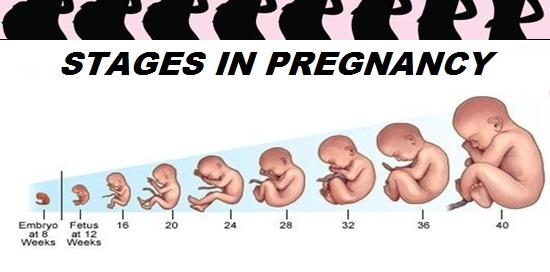
Contraindications
All pregnant women can participate in physical activity throughout pregnancy with the exception of those who have contraindications (listed below). Women with absolute contraindications may continue their usual activities of daily living but should not participate in more strenuous activities. Women with relative contraindications should discuss the advantages and disadvantages of moderate-to-vigorous intensity physical activity with their obstetric care provider prior to participation.
Absolute contraindications to exercise are the following:
-
- •Ruptured membranes
- •Premature labour
- •Unexplained persistent vaginal bleeding
- •Placenta previa after 28 weeks’ gestation
- •Preeclampsia
- •Incompetent cervix
- •Intrauterine growth restriction
- •High-order multiple pregnancy (e.g., triplets)
- •Uncontrolled type 1 diabetes
- •Uncontrolled hypertension
- •Uncontrolled thyroid disease
- •Other serious cardiovascular, respiratory, or systemic disorder
Relative contraindications to exercise are the following:
-
- •Recurrent pregnancy loss
- •Gestational hypertension
- •A history of spontaneous preterm birth
- •Mild/moderate cardiovascular or respiratory disease
- •Symptomatic anemia
- •Malnutrition
- •Eating disorder
- •Twin pregnancy after the 28th week
- •Other significant medical conditions
TO BE CONTINUE….
======================================================================================
Abstract
Objective
The objective is to provide guidance for pregnant women, and obstetric care and exercise professionals, on prenatal physical activity.
Outcomes
The outcomes evaluated were maternal, fetal, or neonatal morbidity or fetal mortality during and following pregnancy.
Evidence
Literature was retrieved through searches of Medline, EMBASE, PsycINFO, Cochrane Database of Systematic Reviews, Cochrane Central Register of Controlled Trials, Scopus and Web of Science Core Collection, CINAHL Plus with Full-text, Child Development & Adolescent Studies, ERIC, Sport Discus, ClinicalTrials.gov, and the Trip Database from database inception up to January 6, 2017. Primary studies of any design were eligible, except case studies. Results were limited to English, Spanish, or French language materials. Articles related to maternal physical activity during pregnancy reporting on maternal, fetal, or neonatal morbidity or fetal mortality were eligible for inclusion. The quality of evidence was rated using the Grading of Recommendations Assessment, Development, and Evaluation (GRADE) methodology.
Values
The Guidelines Consensus Panel solicited feedback from end-users (obstetric care providers, exercise professionals, researchers, policy organizations, and pregnant and postpartum women). The development of this guideline followed the Appraisal of Guidelines for Research Evaluation (AGREE) II instrument.
Benefits, harms, and costs
The benefits of prenatal physical activity are moderate, and no harms were identified; therefore, the difference between desirable and undesirable consequences (net benefit) is expected to be moderate. The majority of stakeholders and end-users indicated that following these recommendations would be feasible, acceptable, and equitable. Following these recommendations is likely to require minimal resources from both individual and health systems perspectives.




